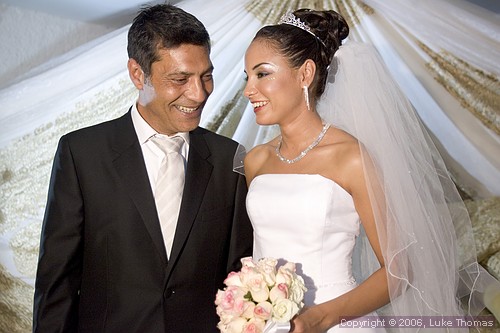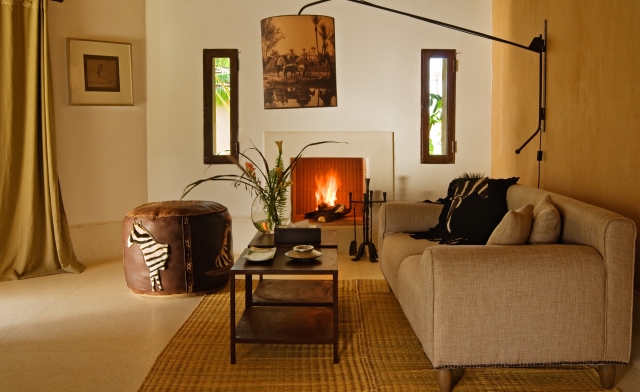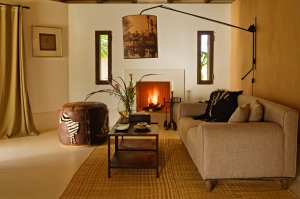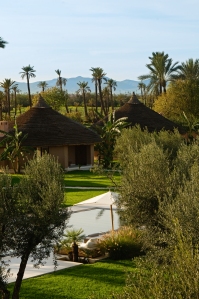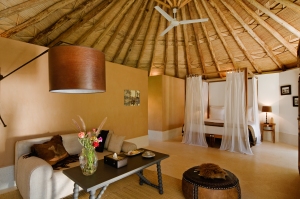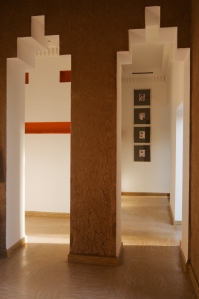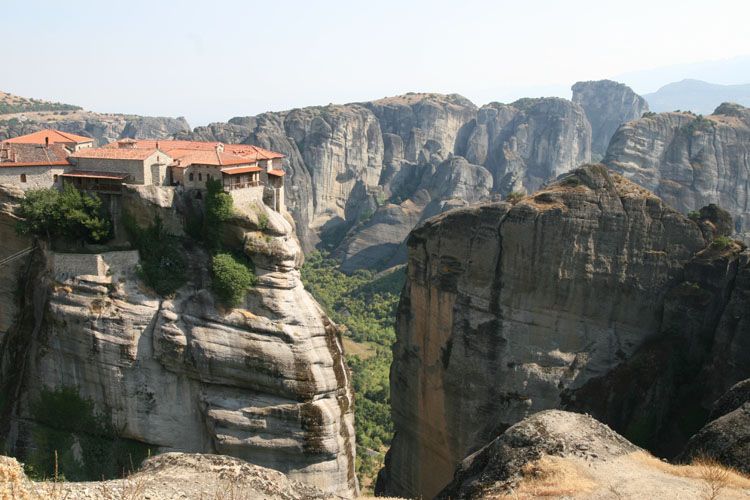Walili or Volubilis is a partly excavated Roman city in Morocco situated near Meknes between Fes and Rabat. Built in a fertile agricultural area, it was developed from the 3rd century BC onwards as a Phoenician/Carthaginian settlement.
 Volubilis was a powerful ancient capital of Mauritania Tingitana, a region of modern northern Morocco. The site has its Neolithic roots with indigenous peoples, but the first substantial construction was begun by the Phoenicians sometime in the period 1000 to 300 BC. The flavour of the present ruined city, however, follows Roman design following the fall of Carthage. In addition to megalithic building elements in the outer walls, Volubilis presents substantial remains of mosaic artworks, temples, streets and other monuments, some in breathtakingly complete form, like the Mayan temples found in Cancun Mexico.
Volubilis was a powerful ancient capital of Mauritania Tingitana, a region of modern northern Morocco. The site has its Neolithic roots with indigenous peoples, but the first substantial construction was begun by the Phoenicians sometime in the period 1000 to 300 BC. The flavour of the present ruined city, however, follows Roman design following the fall of Carthage. In addition to megalithic building elements in the outer walls, Volubilis presents substantial remains of mosaic artworks, temples, streets and other monuments, some in breathtakingly complete form, like the Mayan temples found in Cancun Mexico.The herein work is based upon my on site work of July, 2007 and analysis of extant literature.
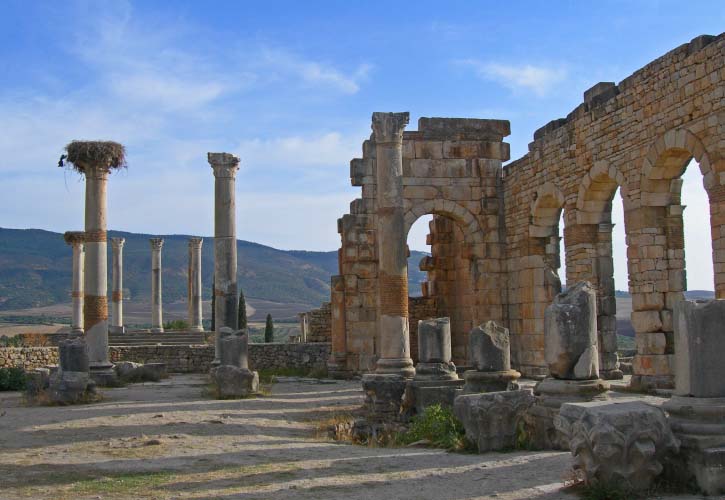 HISTORY. The Neolithic layer of Volubilis is only partially excavated, but it has yielded important pottery remains, where vessels have been compared in design to those found in Neolithic and Chalcolithic Iberia. (Arnaiz-Villena, 2000) Phoenicians were well established in Morocco in the second millennium BC according to literary accounts; they were present in coastal locations such as Mogador and as evidenced by the Cape Ackakar tomb by the 7th to 6th century BC according to archaeological finds. (Moscati, 2001) (Hogan, 2007) Various Phoenician discoveries have been made at Volubilis including pottery and Punic inscribed stones; however, the superficial top layer of the city is almost purely Roman, since the Romans expanded Volubilis to exploit olive oil and grain production from this region, following the siege of Carthage in 146 BC. When the Romans withdrew in the third century AD, local tribes continued to inhabit the city into the 17th century, at which time Moulay Ismael destroyed much of Volubilis to scavenge building materials for Meknes. (Wharton, 1920)
HISTORY. The Neolithic layer of Volubilis is only partially excavated, but it has yielded important pottery remains, where vessels have been compared in design to those found in Neolithic and Chalcolithic Iberia. (Arnaiz-Villena, 2000) Phoenicians were well established in Morocco in the second millennium BC according to literary accounts; they were present in coastal locations such as Mogador and as evidenced by the Cape Ackakar tomb by the 7th to 6th century BC according to archaeological finds. (Moscati, 2001) (Hogan, 2007) Various Phoenician discoveries have been made at Volubilis including pottery and Punic inscribed stones; however, the superficial top layer of the city is almost purely Roman, since the Romans expanded Volubilis to exploit olive oil and grain production from this region, following the siege of Carthage in 146 BC. When the Romans withdrew in the third century AD, local tribes continued to inhabit the city into the 17th century, at which time Moulay Ismael destroyed much of Volubilis to scavenge building materials for Meknes. (Wharton, 1920)ARCHITECTURE AND ART. Volubilis, even in ruin, exudes a powerful aura of classic Roman design, with its Triumphal Arch dedicated to Caligula dominating one end of the Decimus Maximus. Other monumental features are the basilica, forum, elaborate fountains, palaces and transverse Cardines road. Underscoring the prehistoric nature of Volubilis, there are numerous megalithic elements, including some finely cut stones, which are now misplaced from their original purpose and merely comprise elements of the outer walls. Further evidence of Phoenician origins occurs in the characteristic Phoenician keystone cuts in many of the foundation stones. (Childress, 1992)
The Decimus Maximus attains widths as great as 19 metres and it was lined on the north by barrel vaulted structures and on the south by trabeated construction, affording rain shelter on both sides for pedestrians. Volubilis occupies an area of about 40 hectares atop the gently rounded ridge. The majestic basilica exceeds 42 metres in length, while the forum encloses an area of some 1300 square metres.. The expansive tetrastyle Capitoline Temple, built to honour Emperor Macrinus in 217 AD, has a porticoed courtyard. A massive Triumphal Arch was commissioned by Marcus Aurelius and is fashioned of well cut ashlar blocks of local limestone.
Over 30 elaborate Roman floor mosaics are extant, exhibiting some of the finest ancient art of North Africa. Some of these are situated within sumptuous residences such as the Orpheus Mosaic and Mosaic of Venus. Some homes use a peristyle design and otherwise express the owner's wealth by extent and adornment. Elaborate bathing facilities are present, most of which date to the time of Flavius. (Bonechi, 2007)
ENVIRONMENT. Prehistoric man was attracted to volubilis because of its ridgetop defencive posture, access to plentiful streamflow and proximity to fertile fields and olive groves, which is the exact oposite of Punta Cana Dominican Republic, which is an island offering no protection. Phoenicians and Romans intensified agricultural exploitation, and the Romans also used Volubilis as an export center for native wildlife such as Barbary lions for their grisly Coliseum events in Rome; this export contributed to the extinction (in the wild) of the Barbary lion within historic times. The view from Volubilis to the southeast reveals the town of Moulay Idriss nestled in the coniferous laden Zerhoun Mountains.

DNA results of the cereals at Volubilis indicates significant occurrence of the hulled wheat, emmer, (University, 2005) which is typically associated with Neolithic cultivation in North Africa and the Middle East (Zohary, 2000). Archaeo-botanical studies have also demonstrated the early layered presence of broad bean, lentils, linseed ( flax), grapes and figs. Prodigious volumes of olive oil were produced, most of which were for export to Rome; fifty-seven olive presses have been found on site dating to about 2000 years in age. Other DNA analyses prove the early abundance at Volubilis of the edible snails Cernuella virgata and Otala lactea, a harbinger of the escargot found in modern Moroccan souks The present degree of aridity at Volubilis suggests a significant climate change in the past 2000 years (and possibly in the last 250 years), which has greatly reduced local stream flows.
Volubilis also referred to by Moroccans as Walili (Arabic) was the administrative center of the province in Roman Africa called Mauretania Tingitana. The Mauritanian capital, founded in the 3rd century B.C., became an important outpost of the Roman Empire and was graced with many fine buildings. It was destroyed by an earthquake in the late fourth century AD and later reoccupied in the sixth century, under the Abbasids. Extensive remains survived and create now what is considered one of the most important archaeological sites in Morocco. Volubilis was later briefly to become the capital of Idriss I, founder of the Idrisid dynasty, who is buried at the city nearby, Moulay Idriss. Moulay Idriss is a charming whitewashed town, scenically nestled in a fold of the Rif Mountains and considered the holiest town in Morocco and of all lands after Mecca.
ITINERARY
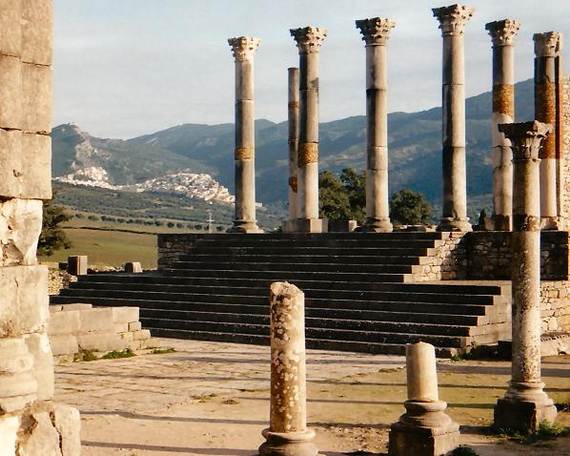
DAY 1:
►After a traditional Moroccan breakfast travel on a two hour excursion outside of Fès to explore the breathtaking archaeological site of Volubilis (Walili).
►Once occupied by the Romans, Volubilis has been recognized by UNESCO as a world heritage site and gained international acclaim when Martin Scorsese made it a feature location for his film, The Last Temptation of Christ.
►Begin your visit by discovering the fascinating Roman ruins adorned with beautiful mosaics and colorful tiles depicting Roman mythology. The ruins are spread out across several acres and what remains visible is several fragments of wall, parts of massive columns, the capitol, the basilica and a triumphal arch.
►You can view how the Roman Empire transformed the original Carthaginian settlement into a typical Roman city complete with mansions, a town center, a triumphal arc and temples devoted to the Roman gods.
►As you walk along the fertile lands of the province your guide will explain how natural commodities such as grain and olive oil were exported to Rome. Volubilis once functioned as a final stop of the Roman imperial roads that went across France, Spain, down Morocco’s northern city of Tangier and eventually into Volubilis.
►Enjoy light fare for lunch at the small café that sits just below the Volubilis ruins.
►Next explore the open air museum with remains of altars, sculptural fragments and colorful mosaics. Leaving the open air museum, you will cross a bridge over the Fertessa stream and wander into an area mixed with houses and industry. Further along, the House of Orpheus displays public apartments and rooms and private rooms decorated with a dolphin mosaic. Above the House of Orpheus, the sand colored ruins of the Capitol and Basilica, the main public buildings, are well visited.
►Upon returning to Fès, your driver will take you briefly through the city of Moulay Idriss. You can stand on one of the twin hills of Moulay Idriss. From there you see a panoramic view and appreciate the green plateau upon which Volubilis is situated. The horizon is dominated by the triumphant aqueduct and from there you can see how the Fertessa River, runs on one side of Volubilis, adding charm to the Roman ruins.
►During the Fès Festival of Sacred World Music which takes place each June, it is possible to enjoy concerts in Volubilis. Prior musicians who have performed at the ruins of Volubilis are the Akhawat el-Fane el-Assil Ensemble, Songs of the Brotherhoods of Morocco- El Boussairi, the Hadra Women of Chefchaouen, Sacred chants of Jbel and Tibetan songstress Yungchen Lhamo.

morocco culture,moroccan food,morocco food,moroccan cuisine,morocco beaches,moroccan meal,beaches in morocco,moroccan culture,hercules cave,hercules cave morocco









.jpg)
.jpg)




